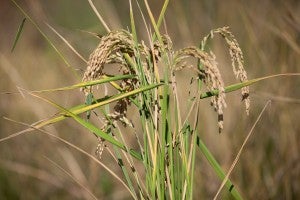 This September, a new crop will be made available to rice producers: carbon offsets.
This September, a new crop will be made available to rice producers: carbon offsets.
The California Air Resources Board (CARB) took another important step forward last week when it published the latest draft standard for the development of carbon offsets. The standard lays out the steps a producer needs to take in order to sell his new crop. Once it is approved, producers will be able grow and sell it as a new revenue stream.
So how does this work?
Rice fields are flooded as a part of growing this worldwide staple. It’s necessary for its growth. However, when water comes in contact with organic matter, the organic matter decomposes, generating methane – a strong greenhouse gas. By reducing the amount of methane generated through rice cultivation, a farmer can generate a carbon credit that can be sold to companies to offset their carbon emissions.
What are the practices that produce credits? Read More









